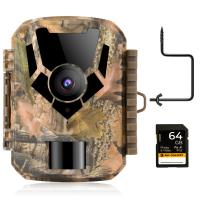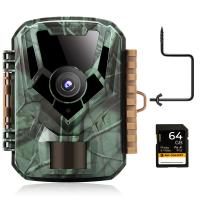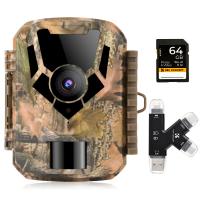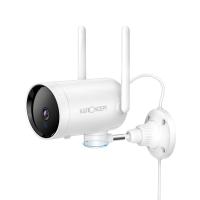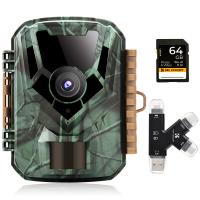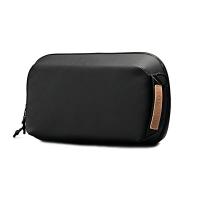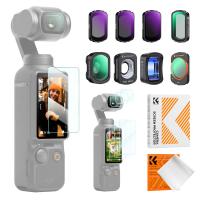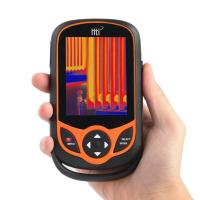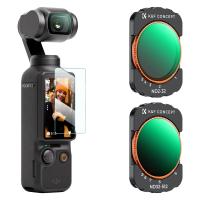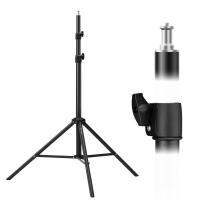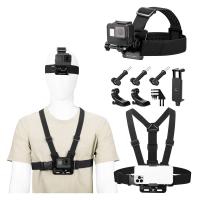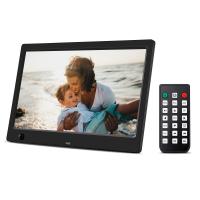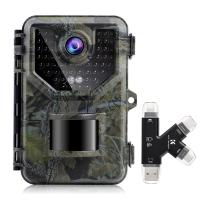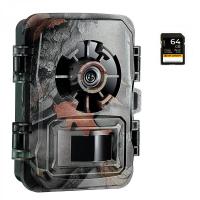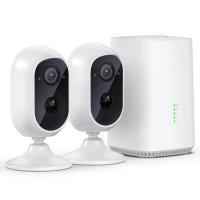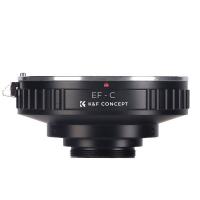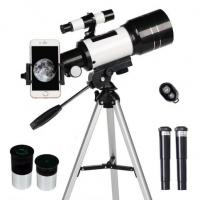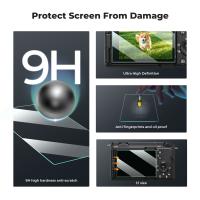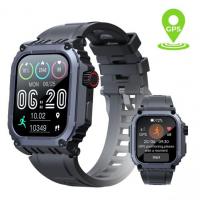How To View Sd Card From Security Camera?
In today’s digital age, surveillance has become a crucial aspect of both residential and commercial security setups. With the proliferation of affordable security cameras, many users prefer systems that store footage on SD cards due to their reliability and ease of use. However, knowing how to view and manage this footage is essential for maintaining an effective security system. In this article, we'll walk you through the various methods for viewing SD card footage from security cameras, troubleshooting common issues, and optimizing your system for the best performance.
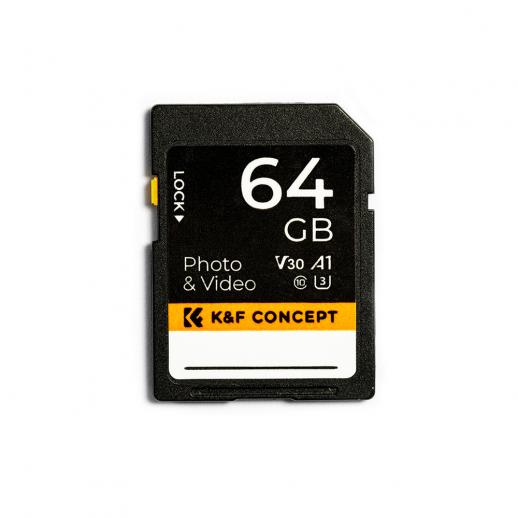
Understanding Your Security Camera Setup
Before diving into the specifics of accessing and viewing footage, it's important to understand the basic components of a typical security camera system:
1. Security Camera: The device capturing the footage. Modern cameras often come equipped with SD card slots.
2. SD Card: A removable storage medium that saves video footage directly from the camera.
3. Viewer Device: Could be a computer, smartphone, or tablet, which you will use to access and view the footage.
4. Card Reader: A peripheral device that connects the SD card to your viewer device if the latter doesn’t have a built-in card slot.
Methods to View SD Card Footage
1. Direct Viewing on a Computer
The most straightforward method to view footage is by using a computer. Here's how:
* Step 1: Power down your security camera and safely eject the SD card.
* Step 2: Insert the SD card into an SD card reader. If your computer has a built-in card slot, simply insert the card into the appropriate slot.
* Step 3: Open the file explorer on your computer. The SD card will show up as a removable drive.
* Step 4: Navigate to the folder containing the video files. File formats may vary, but common ones include .mp4, .avi, or proprietary formats specific to the camera manufacturer.
* Step 5: Double-click the file you want to view. Most modern computers come with built-in media players capable of playing common video formats.
2. Using a Mobile Device
If you prefer the convenience of a mobile device, you can use a USB OTG (On-The-Go) adapter:
* Step 1: Power down your camera and eject the SD card.
* Step 2: Insert the SD card into an OTG-compatible card reader, then connect it to your smartphone or tablet.
* Step 3: Download a file management app from the app store. Some devices have built-in file managers.
* Step 4: Open the file manager and locate the SD card.
* Step 5: Navigate to the video files and select the one you wish to view. Many mobile devices come with native video players.
3. Viewing Through Camera's Mobile App
Many security cameras come with proprietary mobile applications that allow you to view footage directly from your SD card without removing it:
* Step 1: Connect your mobile device to the same network as your security camera.
* Step 2: Open the camera's official mobile app. Ensure the app is up-to-date for compatibility and enhanced features.
* Step 3: Navigate to the section of the app dedicated to stored footage.
* Step 4: Select the date and time of the footage you wish to view.
Troubleshooting Common Issues
1. SD Card Not Recognized
* Check Compatibility: Ensure the SD card is compatible with both your security camera and your computer or mobile device.
* Reformat the SD Card: Sometimes reformatting the SD card using FAT32 or exFAT file systems can resolve recognition issues. Remember to back up your data before reformatting.
* Check for Physical Damage: Inspect the SD card for any visible signs of damage.
2. Corrupted Files
* Use Recovery Software: There are numerous software tools like Recuva or Disk Drill to recover lost or corrupted files.
* Update Firmware: Ensure that your camera’s firmware is up-to-date, as outdated firmware can sometimes cause file corruption.
3. Playback Issues
* Codec Problems: If the video file doesn't play, you might need a specific codec. VLC Media Player is a versatile tool that can play almost any video format.
* File Resolution: High-resolution files can be taxing on older computers and mobile devices. Check if your device meets the requirements for smooth playback.
Optimizing Your Security Camera System
1. Regular Maintenance
* Backup Footage: Regularly backup your footage to an external drive or cloud storage to prevent data loss.
* Firmware Updates: Regular updates ensure that your camera remains secure and functional.
* Check Storage Capacity: Frequently monitor the storage capacity of your SD card to avoid overwriting crucial footage.
2. Efficient Storage Management
* Compression Settings: Adjust the compression settings on your camera to balance quality and storage space. Higher compression will save space but reduce video quality.
* Scheduled Recording: Use motion detection features to record only when there is activity, thereby conserving storage space.
Viewing footage from a security camera’s SD card may seem daunting at first, but with the right tools and knowledge, it becomes a straightforward task. Whether you’re using a computer, mobile device, or camera’s app, each method offers unique advantages. By following the solutions and tips provided, you can ensure an efficient and reliable security system that keeps your home or business safe. Regular maintenance and smart storage practices further enhance the effectiveness of your setup, providing you with peace of mind.


![[4X Optical Zoom] Recharge power Security Camera PTZ Outdoor for Home Security with Human Detection Auto Tracking-UK Standard [4X Optical Zoom] Recharge power Security Camera PTZ Outdoor for Home Security with Human Detection Auto Tracking-UK Standard](https://img.kentfaith.com/cache/catalog/products/us/KF50.0003/KF50.0003-1-200x200.jpg)
